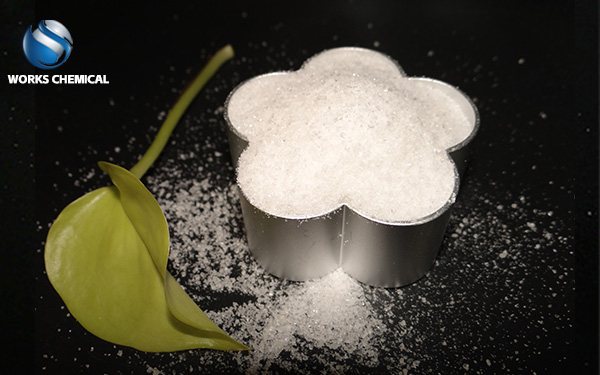
With the development of society, people's quality of life has improved, and there are more requirements for dressing up. Clothing production dyeing processing industry is also increasingly developed. These industries, due to the need for dyeing processing, need to be treated in advance before discharging sewage, so that the water quality meets the discharge standards.

The main factor affecting chroma of printing and dyeing wastewater is dye. It is estimated that the global textile dye production exceeds 400,000 tons, of which about 10% to 20% of the dye is discharged as waste water in the printing and dyeing process, entering rivers, lakes, seas and groundwater, the dye in the wastewater will absorb light, reduce the transparency of the water body, affect the growth of aquatic organisms and microorganisms, is not conducive to the self-purification of the water body, easy to cause visual pollution. Seriously polluted water will affect people's health. Therefore, the discharge of dyes must be strictly controlled, especially those dyes that are more toxic, such as phthalocyanine bronze salt dyes and some azo dyes.
Therefore, the treatment of wastewater is very important, but many wastewater treatment often have a very headache for manufacturers - the sludge moisture content generated after wastewater treatment is too high, and the treatment cost is high. But the problem is not difficult to solve. Nowadays, because too many industries need to treat sewage, so the sludge problem is becoming more and more common, many research and development companies have developed sludge synergists for these sludge problems, when pretreating sludge, adding sludge synergists can effectively reduce the sludge moisture content, solve the problem of sludge sticky filter cloth, reduce the filter cloth replacement frequency. While saving plant costs, sludge reduction is also achieved.